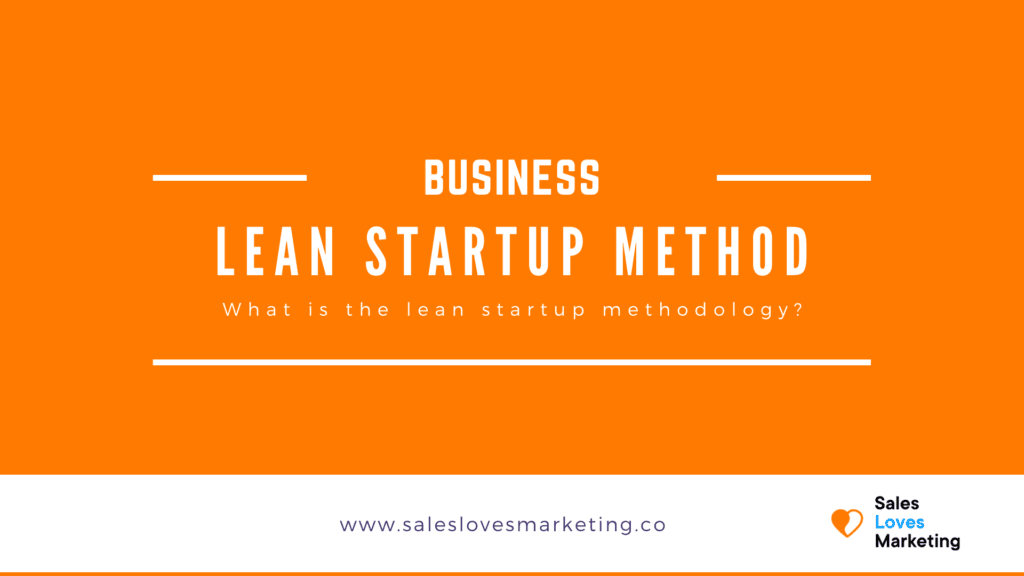The concept of a lean startup has been developed by Silicon Valley entrepreneurs Steve Blank and Eric Ries in the early 2000s. Around the year 2010, it evolved into a methodology. The best way to describe the lean startup methodology is the belief that, in order to build a new business, entrepreneurs must investigate, experiment, test, and iterate as they develop products. This approach makes it possible to shorten the product development cycles and quickly discover if the new business is viable. It allows entrepreneurs to create sustainable companies without wasting time and money.
History of the lean startup methodology
The lean startup methodology became famous after several publications in 2010. The most popular one was the book The Lean Startup, written by Eric Ries in 2011. The method itself is based on the customer development methodology of Steve Blank. His book The Four Steps to the Epiphany: Successful Strategies for Products that Win was published in 2005, and Ries studied Blank’s customer development course in the early 2000s.
Blank’s customer development methodology says that companies focus too much on product development. Instead, they should focus more on learning about the problems customers face and how these can be solved. By focusing on these issues during the development process, companies can develop products customers want and need.
What does it mean to be a lean startup?
The lean startup methodology can be broken down into three steps:
1. Draft a business model canvas.
Entrepreneurs of lean startups are encouraged to start by thinking about how their products can create value for their future customers. Instead of researching this for months, the founders of startups draw up hypotheses or make an educated guess. This is the first opportunity to save time and money. Then, instead of writing a standard business plan, the lean startup methodology calls for a business model canvas. This is a document outlining your hypothesis and plan of action.
2. Develop products that customers really want.
Being a lean startup means you develop products that your future customers really want, rather than creating products based on your own untested ideas. This eliminates the time needed to test and prove the potential value of products since lean startups already know that their future customers are interested in their product. Thus, there is an immediate demand for the product when they bring it to the market.
3. Carry out agile development.
Growth and reducing waste are the main goals of running a lean startup. The latter applies to the development phase of the products. Agile development concerns the shortening of product development cycles and encouraging an iterative, collaborative process for creating new products. This is a continuous process, where customer feedback on the initial product is used to make changes for continuous improvement that can help the lean startup grow.

The difference between a lean startup and a traditional startup
Traditional startups work according to long-held principles about how entrepreneurs should approach launching a new business. These principles say that entrepreneurs should develop a multiyear business plan and use this to raise money to finance their product development. During this process, they don’t share their ideas with the outside world yet, making sure that only their employees and investors know what’s coming.
Lean startups don’t want to raise large amounts of outside funding to finance their product. Instead, they explore and develop hypotheses and then test these among customers. This often means that they will release a minimum viable product that is not yet finalized. They then listen to the feedback customers have and use this to re-engineer their product. Customer feedback thus plays an essential role for lean startups, because without it, they are unable to move forward and come to their final product.

Reading tip: B2B growth hacking strategies to accelerate growth
Definitions from the lean startup methodology
Some several meanings or principles that characterize the lean startup methodology:
1. Minimum viable product (MVP).
A version of a new product that is not finalized yet, but allows startups to collect customer feedback. This version is a pilot product that needs limited resources and time to develop. An MVP enables lean startups to test their business hypotheses and learn from customer feedback very early on in the development stage.
2. Split testing
Using a split or A/B test allows lean startups to test two different versions of a product at the same time. By letting one group of customers use Product A and another group of customers use Product B, lean startups can observe differences in behaviour between the two groups and measure the impact of each product.
3. Pivoting
Lean startups thrive on customer feedback. It means that they need to be willing to change their products based on this feedback. In other words: lean startups need to be prepared to pivot or change their product or plan when it turns out that customers don’t want or like it as much as they thought they would.
4. Build-Measure-Learn
The lean startup methodology is a continuous learning cycle. Lean startups:
- build a product, usually a minimum viable product;
- measure its effectiveness in the market; and
- learn from the customer feedback they receive.

The most critical element of the lean startup methodology
The most crucial aspect of the lean startup methodology is customer feedback. Without it, lean startups are unable to test and develop their hypothesis. Customer feedback is needed to re-engineer their products and grow. There are several tools you can use to gather insights into what your customers think of your products.
You can use these insights to create an even better product that more customers will want to use. It’s a continuous process—or activity loop—of exploring and developing ideas, experimenting and testing, receiving feedback and re-engineering products while wasting as little time and money as possible.
